Table of Contents
Resolving a Misfire in Engine – A Case Study on Mercedes-Benz CLS C257 with M256 Engine
An engine misfire is a problem no driver wants to experience. It can cause poor fuel efficiency, rough idling, loss of power, and long-term engine damage if left unresolved. In high-end vehicles like the Mercedes-Benz CLS C257 equipped with the M256 inline-six engine, misfires are especially concerning because of the performance demands and advanced electronics involved.
This case study will walk you through the diagnostic process and resolution of an engine misfire in a Mercedes CLS C257, showing how systematic troubleshooting uncovered a wiring harness fault and how the issue was resolved.
Vehicle Details
- Model: Mercedes-Benz CLS C257
- Engine: M256 3.0L Turbocharged Inline-Six
- Complaint: Misfire in engine, loss of power, rough idle, check engine light
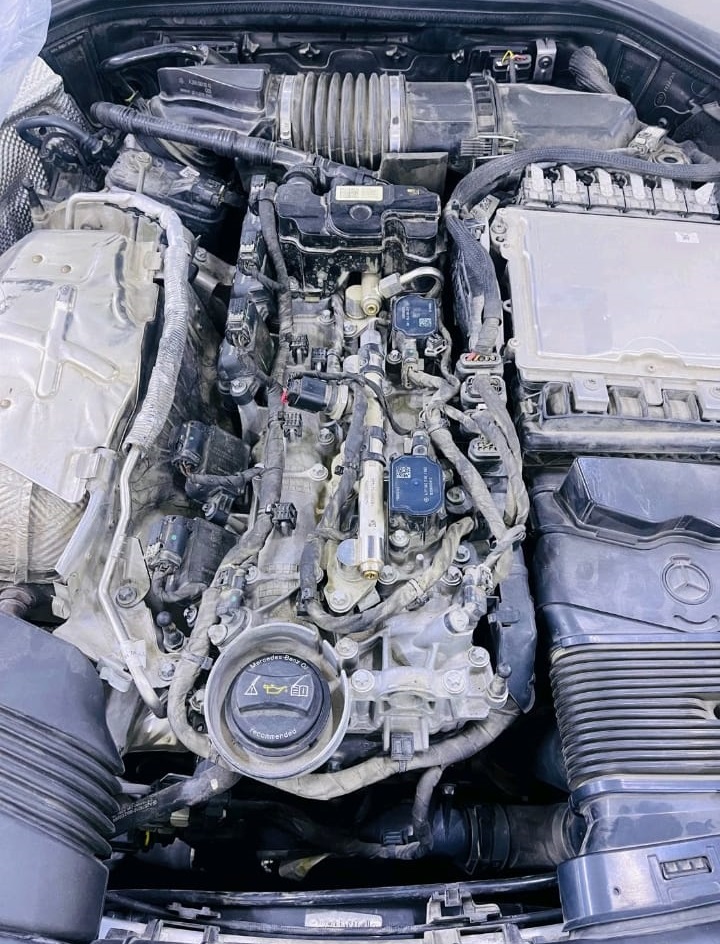
Case Overview
The customer reported:
- – Loss of engine power
- – Rough idle and vibrations
- – Warning light illuminated on the dashboard
These symptoms aligned with a typical misfire scenario. Since misfires can result from ignition coil failures, wiring problems, or fuel delivery issues, the goal was to isolate the root cause.
Diagnostic Process
Step 1: Confirming the Misfire
The vehicle was inspected and taken for a short test drive.
- – The engine clearly ran unevenly.
- – Misfires were most noticeable under acceleration and at idle.
Step 2: Xentry Diagnostic Scan
The Mercedes-Benz Xentry diagnostic tool was connected to the vehicle.
- – Result: Fault codes in the ECU pointed toward ignition coil malfunctions.
- – Misfire counters showed irregular combustion across cylinders.
Step 3: Analyzing Ignition Coils
Since ignition coils supply the spark for combustion, they were inspected:
- – Physical inspection revealed no cracks or external damage.
- – Resistance testing confirmed coils themselves were functioning normally.
This suggested the problem might lie elsewhere in the ignition circuit.
Step 4: Checking Wiring & Connectors
Using the wiring diagram, the technician traced the power supply to the ignition coils.
- – Findings: The power supply was inconsistent, causing coil malfunction.
- – Resistance checks revealed a short circuit in one ignition coil connector.
This explained the irregular ignition: the wiring harness was compromised.
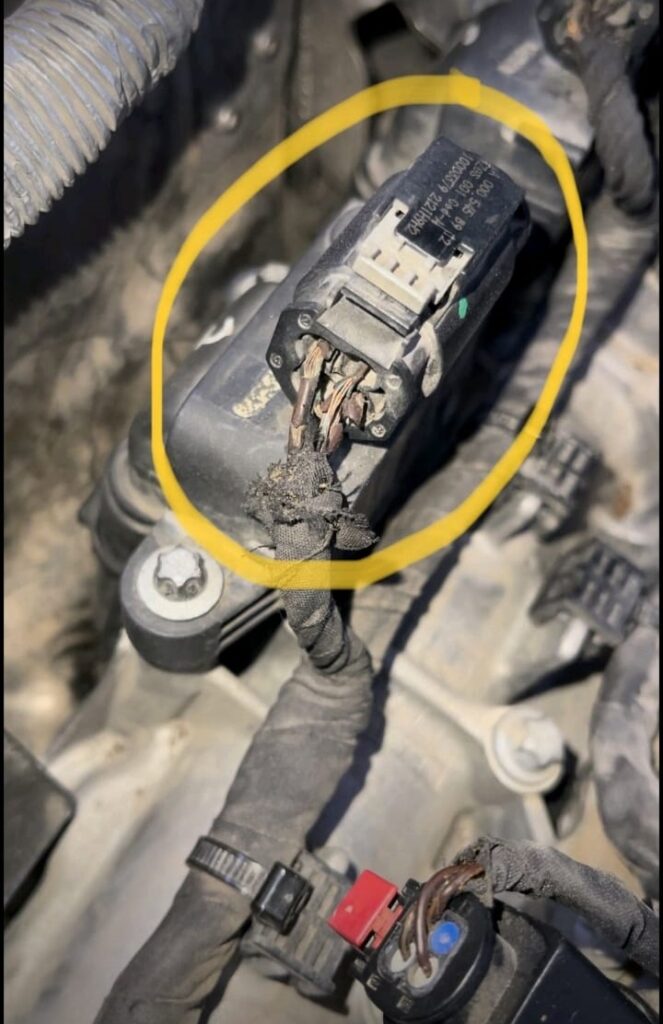
Step 5: Identifying the Root Cause
The short circuit in the wiring harness was disrupting coil power delivery, resulting in repeated misfires. This confirmed that the engine wiring harness needed replacement.
Resolution
The repair involved replacing the entire engine wiring harness.
- – The new harness restored proper power and communication to all ignition coils.
- – After replacement, the ECU fault codes were cleared.
- – A final test drive showed smooth engine operation with no misfires.
Result: The misfire was successfully resolved.
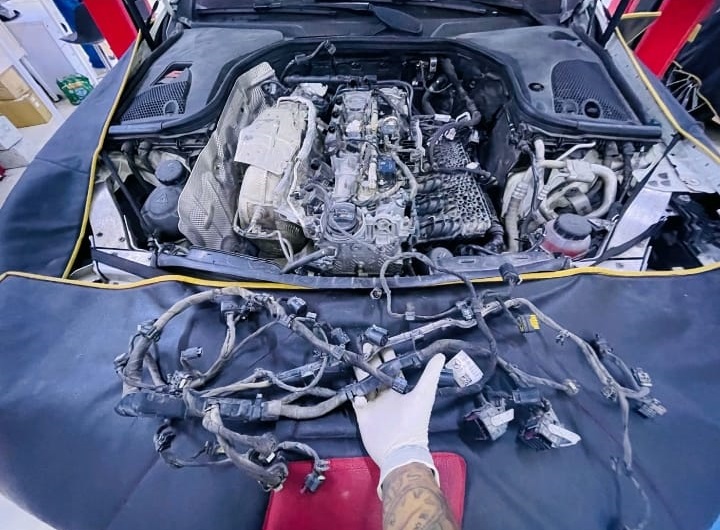
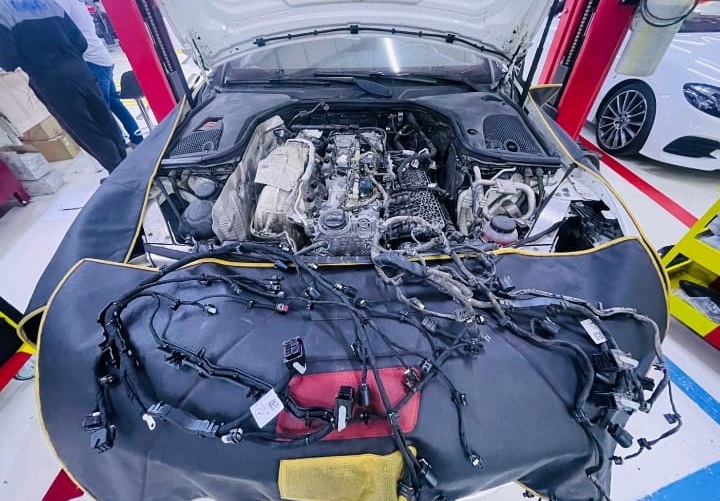
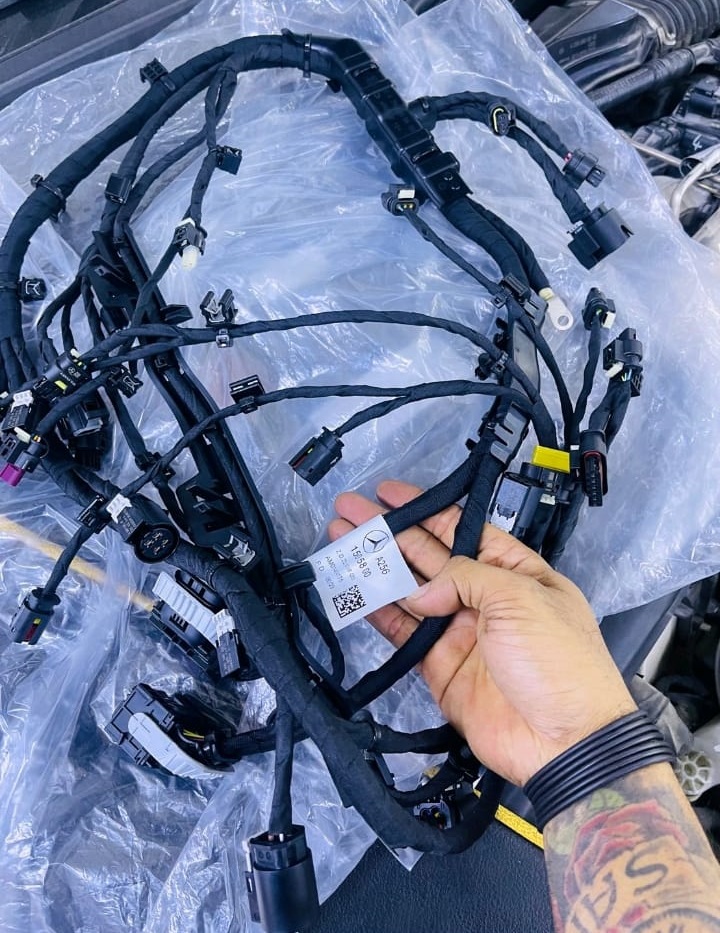
Symptom – Cause – Fix Table
| Symptom | Likely Cause | Fix |
|---|---|---|
| Rough idle & loss of power | Ignition coil malfunction | Test coils, replace faulty units |
| Check engine light + misfire codes | Wiring harness short circuit | Inspect wiring, replace harness |
| Misfire at idle & acceleration | Spark plug wear or fouling | Replace spark plugs with OEM parts |
| Misfire after coil replacement | Fuel injector imbalance | Clean or replace injectors |
| Multiple cylinder misfires | ECU or power supply issue | Diagnose with Xentry, repair electrical circuit |
Explore More Mercedes Engine Misfire Issues
For a deeper dive into all misfire-related problems, visit our hub page: Mercedes Engine Misfire Issues – Causes and Fixes. You’ll find grouped case studies, step-by-step diagnostics, symptom–cause–fix tables, and prevention tips to help you resolve misfire problems quickly and effectively.
Key Takeaways from This Case
- 1. Diagnostics First: Misfires have multiple possible causes; use tools like Xentry to narrow down the issue.
- 2. Don’t Overlook Wiring: Electrical shorts and connector issues are common but often missed during inspections.
- 3. Systematic Testing Saves Time: By ruling out coils and injectors, the fault was correctly traced to the wiring harness.
- 4. OEM-Quality Repairs Matter: Replacing the entire harness restored full reliability rather than patching one section.
Preventive Maintenance Tips
For Mercedes CLS C257 owners with the M256 engine:
- – Inspect spark plugs and ignition coils at service intervals (~60,000 km / 40,000 miles).
- – Check wiring harness connectors for corrosion, wear, or overheating.
- – Use premium fuel to reduce carbon buildup and keep combustion clean.
- – Respond quickly to check engine lights to avoid further damage.
- – Schedule periodic diagnostic scans to catch early misfire activity.
FAQs on Engine Misfire in Mercedes CLS
Q1: What causes engine misfires in the Mercedes CLS with the M256 engine?
Common causes include faulty ignition coils, spark plugs, wiring harness shorts, or fuel injector issues.
Q2: Can I drive with a misfire?
It’s not recommended. Prolonged driving with a misfire can damage the catalytic converter and reduce engine life.
Q3: How do I know if my misfire is electrical or fuel-related?
Diagnostic scans and live data monitoring help isolate the issue. Electrical misfires often point to coils or wiring, while fuel-related misfires point to injectors or pumps.
Q4: How much does it cost to fix a wiring harness in a Mercedes CLS?
Replacement costs range from €800–€1,500 depending on labor and part sourcing.
Q5: What is the first step if I suspect a misfire?
Scan the ECU for fault codes and inspect ignition components before replacing parts.
Conclusion
This case study of the Mercedes-Benz CLS C257 with the M256 engine highlights the importance of a structured diagnostic process when resolving engine misfire issues.
In this case, the misfire was caused by a short circuit in the ignition coil wiring harness. Replacing the harness restored proper engine function and eliminated the misfire.
For Mercedes owners, the key lesson is clear: address misfires immediately and use professional diagnostics. For technicians, this case demonstrates the value of a step-by-step troubleshooting approach, ensuring accurate repairs without unnecessary part replacements.
Author
Written by: Mercedes Expert
Automotive Technical Trainer & Mercedes-Benz Diagnostic Specialist
With years of hands-on experience repairing and diagnosing Mercedes-Benz vehicles, specializes in case-study-based troubleshooting guides that blend workshop accuracy with educational clarity.
Last Updated: September 2025

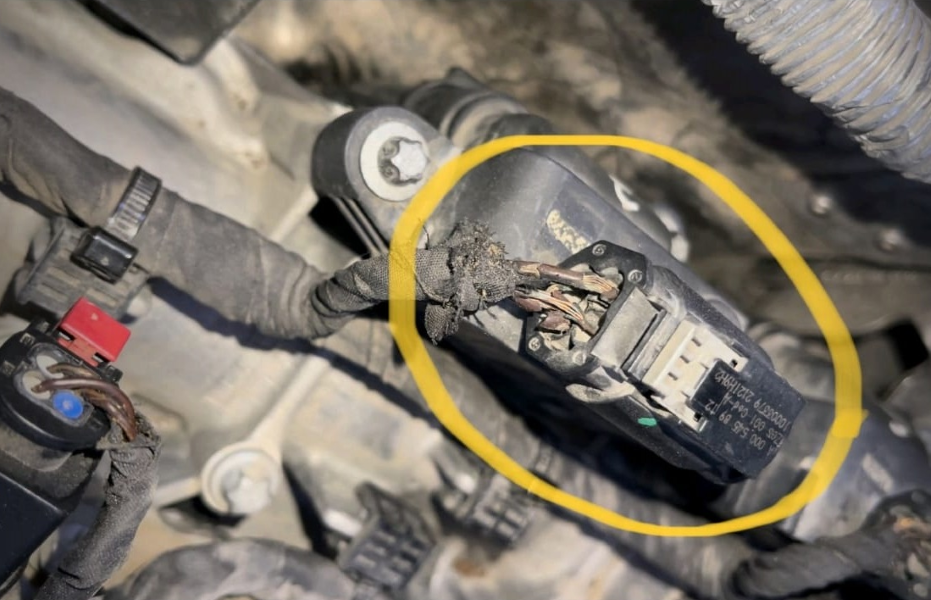
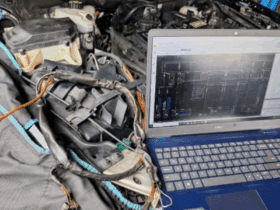
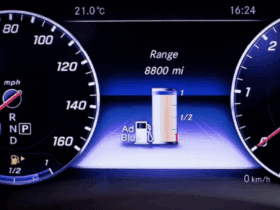
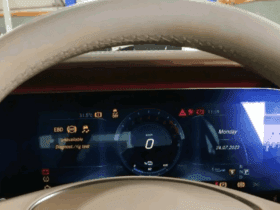
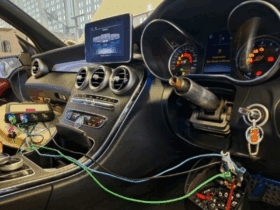
Leave a Reply